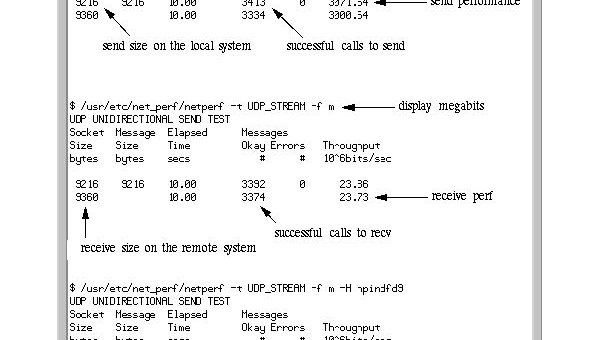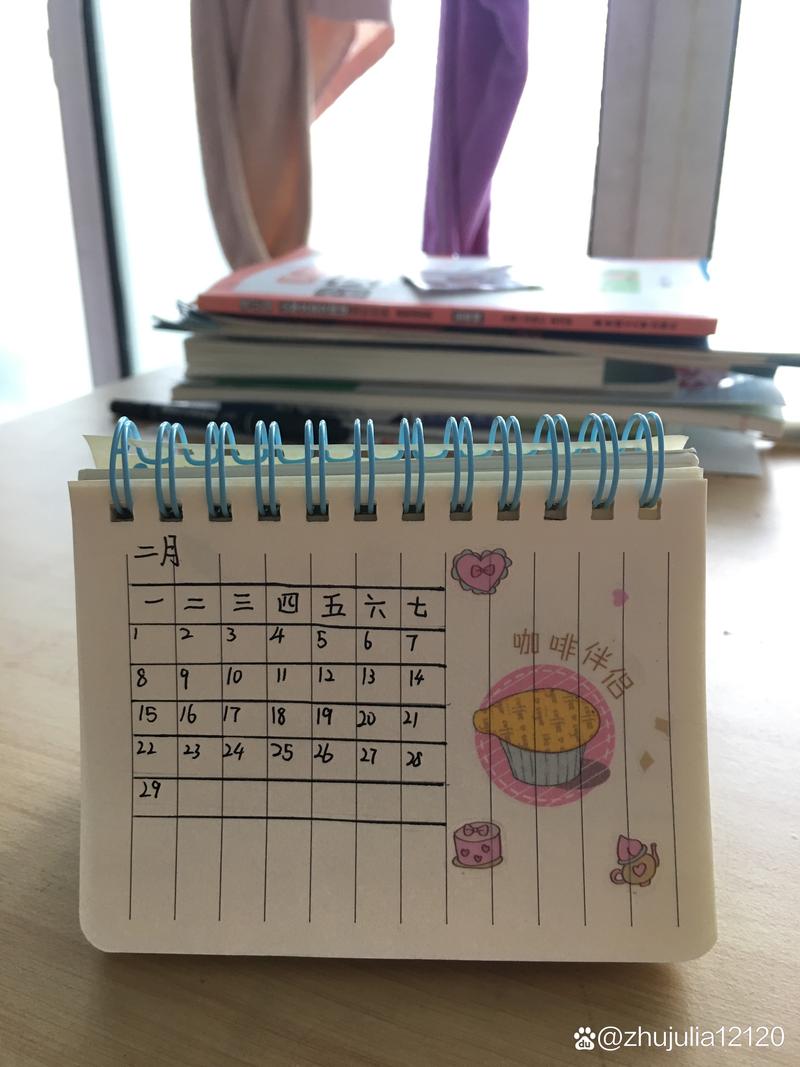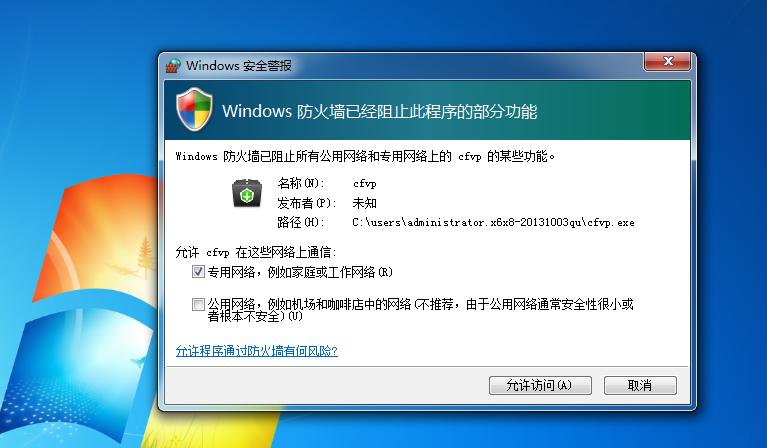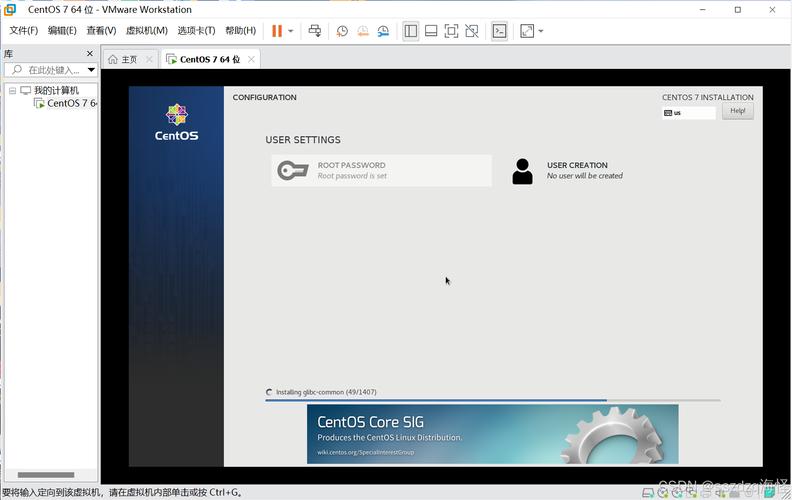导读:本篇文章恰卡编程网来给大家介绍有关django怎么创建一个登录页的相关内容,希望对大家有所帮助,一起来看看吧。
如何创建一个Django网站
本文演示如何创建一个简单的 django 网站,使用的 django 版本为1.7。
1. 创建项目
运行下面命令就可以创建一个 django 项目,项目名称叫 mysite :
$ django-admin.py startproject mysite
创建后的项目目录如下:
mysite
├── manage.py
└── mysite
├── __init__.py
├── settings.py
├── urls.py
└── wsgi.py
1 directory, 5 files
说明:
__init__.py :让 Python 把该目录当成一个开发包 (即一组模块)所需的文件。 这是一个空文件,一般你不需要修改它。
manage.py :一种命令行工具,允许你以多种方式与该 Django 项目进行交互。 键入python manage.py help,看一下它能做什么。 你应当不需要编辑这个文件;在这个目录下生成它纯是为了方便。
settings.py :该 Django 项目的设置或配置。
urls.py:Django项目的URL路由设置。目前,它是空的。
wsgi.py:WSGI web 应用服务器的配置文件。更多细节,查看 How to deploy with WSGI
接下来,你可以修改 settings.py 文件,例如:修改 LANGUAGE_CODE、设置时区 TIME_ZONE
SITE_ID = 1
LANGUAGE_CODE = 'zh_CN'
TIME_ZONE = 'Asia/Shanghai'
USE_TZ = True
上面开启了 [Time zone]() 特性,需要安装 pytz:
$ sudo pip install pytz
2. 运行项目
在运行项目之前,我们需要创建数据库和表结构,这里我使用的默认数据库:
$ python manage.py migrate
Operations to perform:
Apply all migrations: admin, contenttypes, auth, sessions
Running migrations:
Applying contenttypes.0001_initial... OK
Applying auth.0001_initial... OK
Applying admin.0001_initial... OK
Applying sessions.0001_initial... OK
然后启动服务:
$ python manage.py runserver
你会看到下面的输出:
Performing system checks...
System check identified no issues (0 silenced).
January 28, 2015 - 02:08:33
Django version 1.7.1, using settings 'mysite.settings'
Starting development server at
Quit the server with CONTROL-C.
这将会在端口8000启动一个本地服务器, 并且只能从你的这台电脑连接和访问。 既然服务器已经运行起来了,现在用网页浏览器访问 。你应该可以看到一个令人赏心悦目的淡蓝色 Django 欢迎页面它开始工作了。
你也可以指定启动端口:
$ python manage.py runserver 8080
以及指定 ip:
$ python manage.py runserver 0.0.0.0:8000
3. 创建 app
前面创建了一个项目并且成功运行,现在来创建一个 app,一个 app 相当于项目的一个子模块。
在项目目录下创建一个 app:
$ python manage.py startapp polls
如果操作成功,你会在 mysite 文件夹下看到已经多了一个叫 polls 的文件夹,目录结构如下:
polls
├── __init__.py
├── admin.py
├── migrations
│ └── __init__.py
├── models.py
├── tests.py
└── views.py
1 directory, 6 files
4. 创建模型
每一个 Django Model 都继承自 django.db.models.Model
在 Model 当中每一个属性 attribute 都代表一个 database field
通过 Django Model API 可以执行数据库的增删改查, 而不需要写一些数据库的查询语句
打开 polls 文件夹下的 models.py 文件。创建两个模型:
import datetime
from django.db import models
from django.utils import timezone
class Question(models.Model):
question_text = models.CharField(max_length=200)
pub_date = models.DateTimeField('date published')
def was_published_recently(self):
return self.pub_date = timezone.now() - datetime.timedelta(days=1)
class Choice(models.Model):
question = models.ForeignKey(Question)
choice_text = models.CharField(max_length=200)
votes = models.IntegerField(default=0)
然后在 mysite/settings.py 中修改 INSTALLED_APPS 添加 polls:
INSTALLED_APPS = (
'django.contrib.admin',
'django.contrib.auth',
'django.contrib.contenttypes',
'django.contrib.sessions',
'django.contrib.messages',
'django.contrib.staticfiles',
'polls',
)
在添加了新的 app 之后,我们需要运行下面命令告诉 Django 你的模型做了改变,需要迁移数据库:
$ python manage.py makemigrations polls
你会看到下面的输出日志:
Migrations for 'polls':
0001_initial.py:
- Create model Choice
- Create model Question
- Add field question to choice
你可以从 polls/migrations/0001_initial.py 查看迁移语句。
运行下面语句,你可以查看迁移的 sql 语句:
$ python manage.py sqlmigrate polls 0001
输出结果:
BEGIN;
CREATE TABLE "polls_choice" ("id" integer NOT NULL PRIMARY KEY AUTOINCREMENT, "choice_text" varchar(200) NOT NULL, "votes" integer NOT NULL);
CREATE TABLE "polls_question" ("id" integer NOT NULL PRIMARY KEY AUTOINCREMENT, "question_text" varchar(200) NOT NULL, "pub_date" datetime NOT NULL);
CREATE TABLE "polls_choice__new" ("id" integer NOT NULL PRIMARY KEY AUTOINCREMENT, "choice_text" varchar(200) NOT NULL, "votes" integer NOT NULL, "question_id" integer NOT NULL REFERENCES "polls_question" ("id"));
INSERT INTO "polls_choice__new" ("choice_text", "votes", "id") SELECT "choice_text", "votes", "id" FROM "polls_choice";
DROP TABLE "polls_choice";
ALTER TABLE "polls_choice__new" RENAME TO "polls_choice";
CREATE INDEX polls_choice_7aa0f6ee ON "polls_choice" ("question_id");
COMMIT;
你可以运行下面命令,来检查数据库是否有问题:
$ python manage.py check
再次运行下面的命令,来创建新添加的模型:
$ python manage.py migrate
Operations to perform:
Apply all migrations: admin, contenttypes, polls, auth, sessions
Running migrations:
Applying polls.0001_initial... OK
总结一下,当修改一个模型时,需要做以下几个步骤:
修改 models.py 文件
运行 python manage.py makemigrations 创建迁移语句
运行 python manage.py migrate,将模型的改变迁移到数据库中
你可以阅读 django-admin.py documentation,查看更多 manage.py 的用法。
创建了模型之后,我们可以通过 Django 提供的 API 来做测试。运行下面命令可以进入到 python shell 的交互模式:
$ python manage.py shell
下面是一些测试:
from polls.models import Question, Choice # Import the model classes we just wrote.
# No questions are in the system yet.
Question.objects.all()
[]
# Create a new Question.
# Support for time zones is enabled in the default settings file, so
# Django expects a datetime with tzinfo for pub_date. Use timezone.now()
# instead of datetime.datetime.now() and it will do the right thing.
from django.utils import timezone
q = Question(question_text="What's new?", pub_date=timezone.now())
# Save the object into the database. You have to call save() explicitly.
q.save()
# Now it has an ID. Note that this might say "1L" instead of "1", depending
# on which database you're using. That's no biggie; it just means your
# database backend prefers to return integers as Python long integer
# objects.
q.id
1
# Access model field values via Python attributes.
q.question_text
"What's new?"
q.pub_date
datetime.datetime(2012, 2, 26, 13, 0, 0, 775217, tzinfo=UTC)
# Change values by changing the attributes, then calling save().
q.question_text = "What's up?"
q.save()
# objects.all() displays all the questions in the database.
Question.objects.all()
[Question: Question object]
打印所有的 Question 时,输出的结果是 [Question: Question object],我们可以修改模型类,使其输出更为易懂的描述。修改模型类:
from django.db import models
class Question(models.Model):
# ...
def __str__(self): # __unicode__ on Python 2
return self.question_text
class Choice(models.Model):
# ...
def __str__(self): # __unicode__ on Python 2
return self.choice_text
接下来继续测试:
from polls.models import Question, Choice
# Make sure our __str__() addition worked.
Question.objects.all()
[Question: What's up?]
# Django provides a rich database lookup API that's entirely driven by
# keyword arguments.
Question.objects.filter(id=1)
[Question: What's up?]
Question.objects.filter(question_text__startswith='What')
[Question: What's up?]
# Get the question that was published this year.
from django.utils import timezone
current_year = timezone.now().year
Question.objects.get(pub_date__year=current_year)
Question: What's up?
# Request an ID that doesn't exist, this will raise an exception.
Question.objects.get(id=2)
Traceback (most recent call last):
...
DoesNotExist: Question matching query does not exist.
# Lookup by a primary key is the most common case, so Django provides a
# shortcut for primary-key exact lookups.
# The following is identical to Question.objects.get(id=1).
Question.objects.get(pk=1)
Question: What's up?
# Make sure our custom method worked.
q = Question.objects.get(pk=1)
# Give the Question a couple of Choices. The create call constructs a new
# Choice object, does the INSERT statement, adds the choice to the set
# of available choices and returns the new Choice object. Django creates
# a set to hold the "other side" of a ForeignKey relation
# (e.g. a question's choice) which can be accessed via the API.
q = Question.objects.get(pk=1)
# Display any choices from the related object set -- none so far.
q.choice_set.all()
[]
# Create three choices.
q.choice_set.create(choice_text='Not much', votes=0)
Choice: Not much
q.choice_set.create(choice_text='The sky', votes=0)
Choice: The sky
c = q.choice_set.create(choice_text='Just hacking again', votes=0)
# Choice objects have API access to their related Question objects.
c.question
Question: What's up?
# And vice versa: Question objects get access to Choice objects.
q.choice_set.all()
[Choice: Not much, Choice: The sky, Choice: Just hacking again]
q.choice_set.count()
3
# The API automatically follows relationships as far as you need.
# Use double underscores to separate relationships.
# This works as many levels deep as you want; there's no limit.
# Find all Choices for any question whose pub_date is in this year
# (reusing the 'current_year' variable we created above).
Choice.objects.filter(question__pub_date__year=current_year)
[Choice: Not much, Choice: The sky, Choice: Just hacking again]
# Let's delete one of the choices. Use delete() for that.
c = q.choice_set.filter(choice_text__startswith='Just hacking')
c.delete()
上面这部分测试,涉及到 django orm 相关的知识,详细说明可以参考 Django中的ORM。
5. 管理 admin
Django有一个优秀的特性, 内置了Django admin后台管理界面, 方便管理者进行添加和删除网站的内容.
新建的项目系统已经为我们设置好了后台管理功能,见 mysite/settings.py:
INSTALLED_APPS = (
'django.contrib.admin', #默认添加后台管理功能
'django.contrib.auth',
'django.contrib.contenttypes',
'django.contrib.sessions',
'django.contrib.messages',
'django.contrib.staticfiles',
'mysite',
)
同时也已经添加了进入后台管理的 url, 可以在 mysite/urls.py 中查看:
url(r'^admin/', include(admin.site.urls)), #可以使用设置好的url进入网站后台
接下来我们需要创建一个管理用户来登录 admin 后台管理界面:
$ python manage.py createsuperuser
Username (leave blank to use 'june'): admin
Email address:
Password:
Password (again):
Superuser created successfully.
总结
最后,来看项目目录结构:
mysite
├── db.sqlite3
├── manage.py
├── mysite
│ ├── __init__.py
│ ├── settings.py
│ ├── urls.py
│ ├── wsgi.py
├── polls
│ ├── __init__.py
│ ├── admin.py
│ ├── migrations
│ │ ├── 0001_initial.py
│ │ ├── __init__.py
│ ├── models.py
│ ├── templates
│ │ └── polls
│ │ ├── detail.html
│ │ ├── index.html
│ │ └── results.html
│ ├── tests.py
│ ├── urls.py
│ ├── views.py
└── templates
└── admin
└── base_site.htm
通过上面的介绍,对 django 的安装、运行以及如何创建视 图和模型有了一个清晰的认识,接下来就可以深入的学习 django 的自动化测试、持久化、中间件、国 际 化等知识。
django 怎么添加一个页面
了解Python语法和基础 学习Django框架使用 试着用django做个简单例子(博客,论坛等) 申请服务器和域名 在服务器上搭建环境和拷贝自己的代码 在服务器运行后,打开浏览器敲域名即可访问该网站
如何写第一个属于自己的Web页面(Django)
上期(超实用搭建个人开发Web网页的软件及配置基础)已经详细的介绍了基于Django+MySQL+PyCharm组合配置的Web开发的基础架构。这期带读者跟着作者写第一个属于自己的Web页面,同时跟作者同一个局域网的其它用户也可以访问。
首先输入python manage.py startapp myFamilyWeb (表示创建一个自己的Web页面项目),如图1。
生成的myFamilyWeb里的目录结构里的含义如下:
外层的_init_.py文件标识myFamilyWeb是一个Python包。
admin.py 用于将Model定义注册到管理后台,是Django Admin 应用的配置文件。
apps.py用于应用程序本身的配置。
migrations目录用于存储models.py文件中Model的定义及修改。
migrations/_init_.py文件标识migrations是一个Python包。
models.py用于定义应用中所需要的数据表。
tests.py文件用于编写当前应用程序的单元测试。
views.py文件用于编写应用程序的视图。
以上的介绍都是myFamilyWeb应用的全部内容,后续需要做的就是填充对应的service逻辑对外提供服务。如果就这么启动,就会发现如图2一样访问不了。
想要实现访问自己第一个Web页面(myFamilyWeb),第一步是设置路由和在views.py增加一个可以访问的函数(图3-图6)。
配置模板和html(图7-图13)
配置写好了第一个最简单的Web页面,启动服务器。。。(图14)
在开发者电脑上的浏览器访问 (图15)
(配置防火墙端口)(图16)
设置允许多个主机访问 (图17)
在终端输入ipconfig
回车找到IPv4 的地址:192.168.0.102 (图18)
python manage.py runserver 0.0.0.0:8000 (这次启动的时候在后面添加0.0.0.0:8000)。
然后本地网络中的其它计算机就可以在浏览器中访问你的 IP 地址了, (这个网址只能同一个局域网的主机可以访问)
之后就是好好去学习如何写html文件了。。。
结语:以上就是恰卡编程网为大家介绍的关于django怎么创建一个登录页的全部内容了,希望对大家有所帮助,如果你还想了解更多这方面的信息,记得收藏关注本站。






